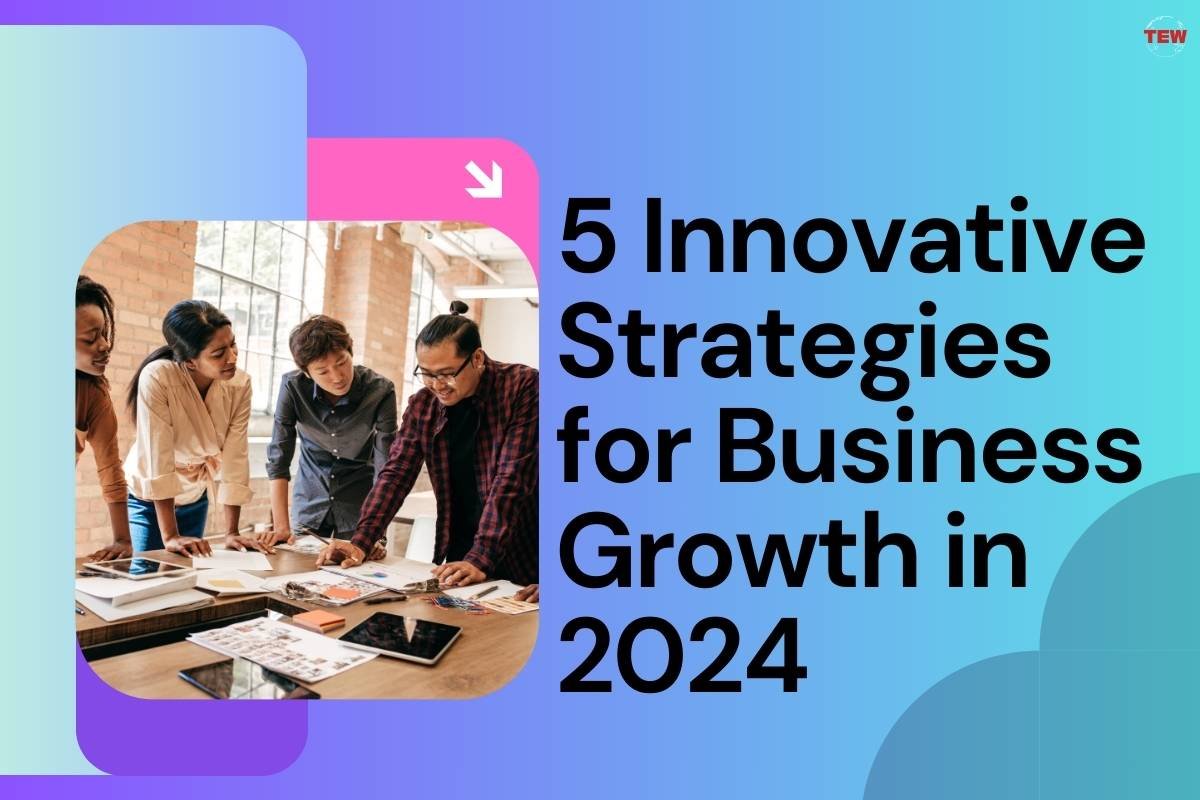
Navigating Success: The Power of Agile Leadership Approaches
In the rapidly changing landscape of today’s business world, agile leadership approaches have become instrumental in steering organizations toward success. This article explores the significance of agile leadership and how adopting adaptive strategies can propel businesses forward.
Agile Leadership Approaches: fortahira.my.id
For in-depth insights and strategies on agile leadership approaches, visit Agile Leadership Approaches. Discover how embracing agility can transform your leadership style and drive success in dynamic environments.
Understanding Agile Leadership
Agile leadership is a mindset and a set of practices that prioritize flexibility, adaptability, and responsiveness. In contrast to traditional hierarchical models, agile leaders focus on collaboration, continuous improvement, and the ability to swiftly adjust to changing circumstances. This approach aligns with the fast-paced nature of modern business.
Embracing Change as a Constant
Agile leaders view change as a constant and recognize its potential for growth. Instead of resisting or fearing change, they cultivate a culture that embraces it. This proactive attitude allows organizations to respond effectively to market shifts, technological advancements, and evolving customer expectations.
Encouraging Collaborative and Cross-functional Teams
Agile leadership emphasizes the importance of collaborative and cross-functional teams. Breaking down silos and fostering collaboration among team members from different disciplines promotes diverse perspectives, innovation, and efficient problem-solving. This approach is essential for tackling complex challenges in dynamic industries.
Iterative and Incremental Progress
Agile leadership promotes an iterative and incremental approach to progress. Rather than waiting for a perfect solution, agile leaders encourage teams to make continuous improvements through small, manageable steps. This iterative process allows for faster adjustments based on feedback and evolving requirements.
Prioritizing Customer-Centric Strategies
Customer-centricity is a core tenet of agile leadership approaches. Understanding and prioritizing customer needs guide decision-making processes. Agile leaders actively seek customer feedback, incorporate it into their strategies, and iterate on products or services to ensure they consistently meet customer expectations.
Adaptive Decision-making in Uncertainty
In a rapidly changing environment, uncertainty is inevitable. Agile leaders excel at making adaptive decisions in the face of uncertainty. They gather relevant information, consider multiple perspectives, and make informed decisions quickly. This flexibility is crucial for navigating ambiguous situations.
Promoting a Culture of Continuous Learning
Agile leaders cultivate a culture of continuous learning within their organizations. They recognize that knowledge and skills evolve, and encourage team members to embrace ongoing learning opportunities. This commitment to learning fosters innovation and ensures teams stay ahead in their respective fields.
Transparent Communication and Feedback Loops
Effective communication is a cornerstone of agile leadership. Transparent communication ensures that team members are well-informed about organizational goals, challenges, and changes. Additionally, feedback loops are established to provide continuous insights, enabling quick adjustments and improvements.
Strategic Adaptability to Market Dynamics
Agile leaders possess strategic adaptability, allowing them to respond swiftly to changes in the market. This includes adjusting business strategies, exploring new opportunities, and realigning goals based on emerging trends. Strategic adaptability ensures that organizations remain competitive and resilient.
Embodying Agile Leadership in Practice
In conclusion, agile leadership approaches are not just a methodology but a transformative way of leading in today’s dynamic business environment. By embracing change, encouraging collaboration, prioritizing customer needs, and fostering a culture of continuous learning, agile leaders can guide their organizations toward sustained success. Explore more about agile leadership approaches at Agile Leadership Approaches and unlock the potential to lead with agility in an ever-changing world.




